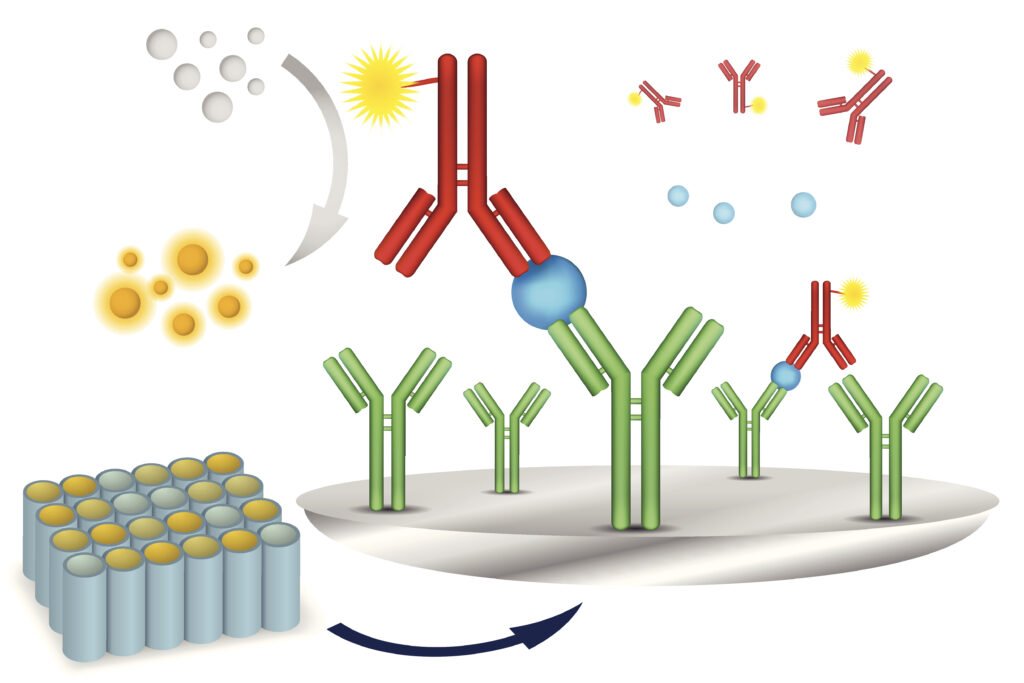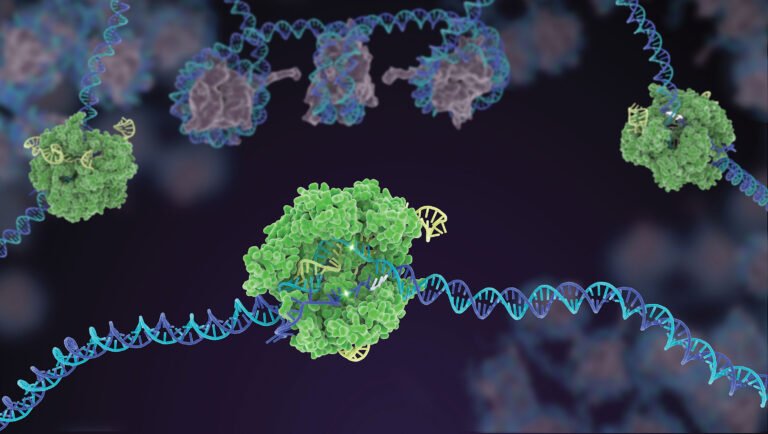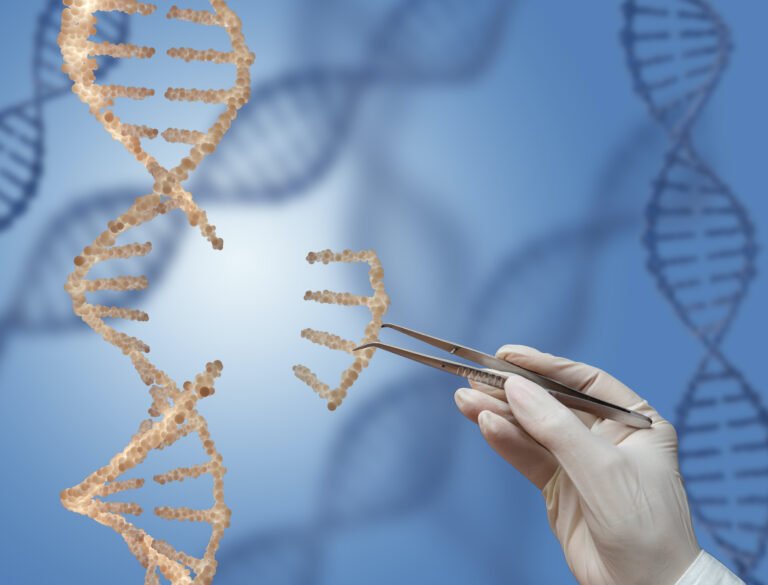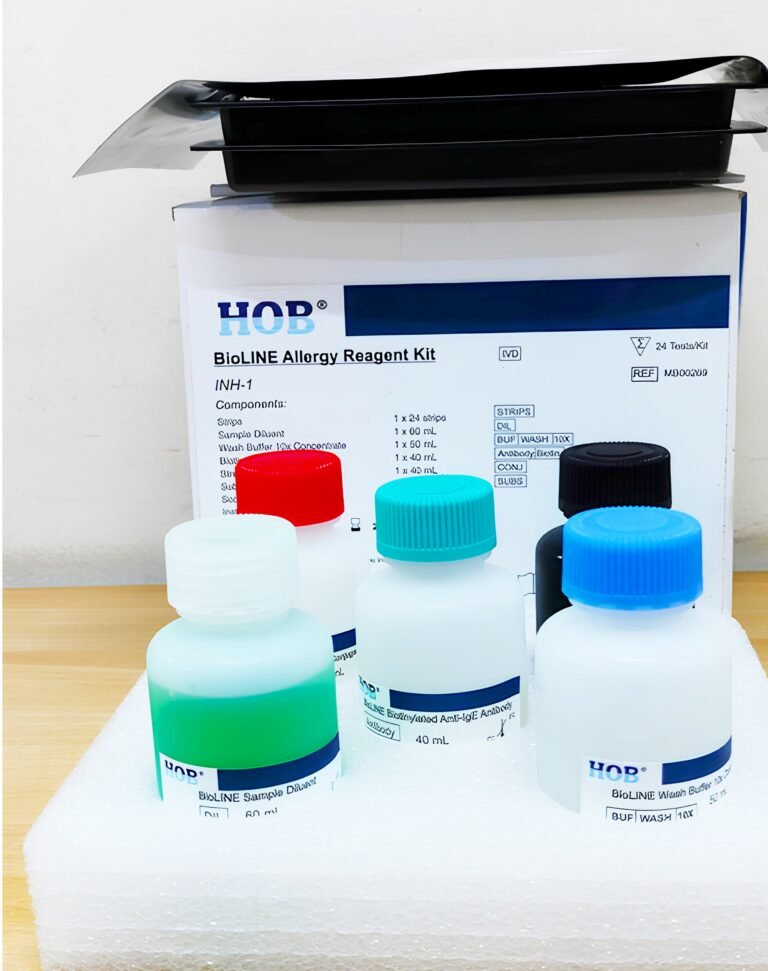Growth Markers: A Simple Guide to ELISA
Growth markers play a crucial role in monitoring and understanding various biological processes in our bodies. One of the essential tools used to detect and measure these markers is the Enzyme-Linked Immunosorbent Assay, or ELISA for short. In this article, we’ll break down the concept of growth markers and explain ELISA in simple language.
What are Growth Markers?
Growth markers are specific molecules or substances in our bodies that can tell us a lot about our health. They can be proteins, hormones, or other molecules that help us understand various processes, like growth, disease, or pregnancy. These markers are like tiny clues that doctors and scientists use to learn more about what’s happening inside our bodies.
Why Are Growth Markers Important?
Growth markers are vital because they help us track changes in our bodies, whether it’s the growth of a baby in a mother’s womb, the progression of a disease, or even how our bodies react to medication. Monitoring these markers can provide valuable information for diagnosing and treating medical conditions.
Introducing ELISA
Now, let’s talk about ELISA, which stands for Enzyme-Linked Immunosorbent Assay. It may sound complicated, but it’s a powerful tool used to detect and measure growth markers in our bodies. Think of ELISA as a detective that helps us find and understand these tiny clues.
How Does ELISA Work?
Imagine you’re looking for a specific type of protein in a mixture of different proteins. ELISA helps you find that protein by using a lock-and-key mechanism:
Lock: First, scientists create a “lock” by coating a plate with a substance that can grab onto the specific protein they want to find (the growth marker). This coating is like a puzzle piece that fits only the protein they’re interested in.
Sample: They then add a small amount of the sample they want to test (like blood or urine) onto the plate. If the growth marker is in the sample, it will stick to the plate’s coating.
Key: Next, scientists use a “key” – a special molecule that can attach to the growth marker. This key has an enzyme attached to it, making it easy to detect.
Signal: When the key attaches to the growth marker, it creates a signal. This signal can be seen using special equipment, like a microscope or a chemical reaction that changes color.
Measurement: By measuring the strength of the signal, scientists can determine how much of the growth marker is in the sample. The stronger the signal, the more of the marker is present.
Why ELISA Matters
ELISA is essential for many areas of medicine and biology:
Disease Diagnosis: ELISA helps doctors diagnose diseases like HIV, Lyme disease, and COVID-19 by detecting specific antibodies or antigens in a patient’s blood.
Pregnancy Tests: Pregnancy tests also use ELISA to detect the hormone hCG (human chorionic gonadotropin) in urine.
Drug Development: Scientists use ELISA to test how well new drugs work by measuring how they affect specific markers in the body.
Cancer Research: ELISA is used to study cancer markers, aiding in cancer diagnosis and treatment monitoring.
Conclusion
In simple terms, ELISA is like a molecular detective that helps us uncover the secrets of growth markers in our bodies. By using this powerful technique, scientists and doctors can better understand our health, diagnose diseases, and develop new treatments. So, the next time you hear about ELISA and growth markers, remember that they’re the keys to unlocking a world of medical knowledge, all hidden within our body’s tiny clues.







